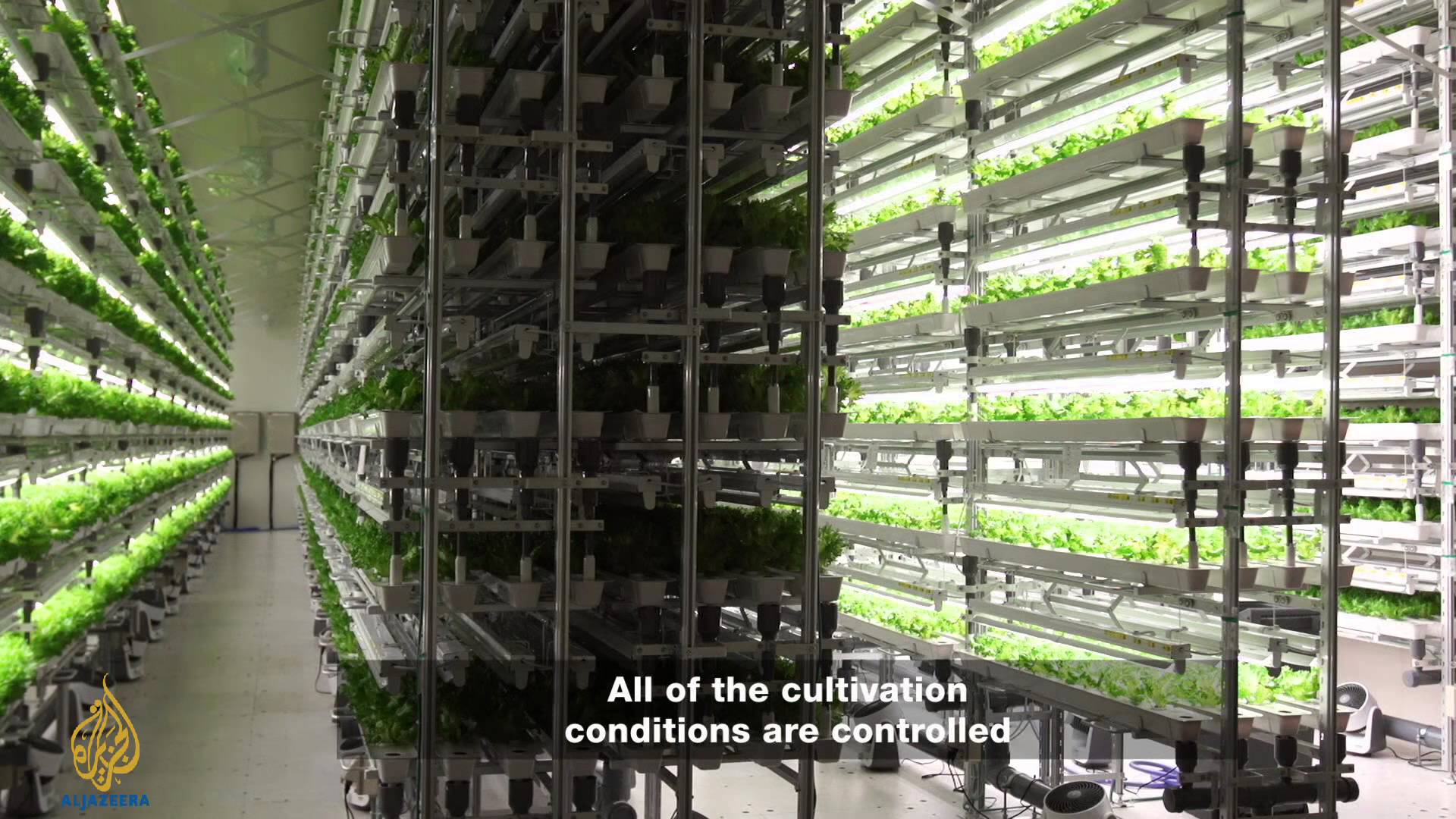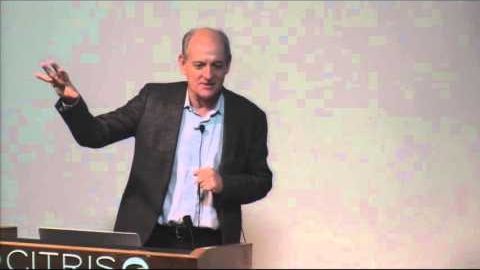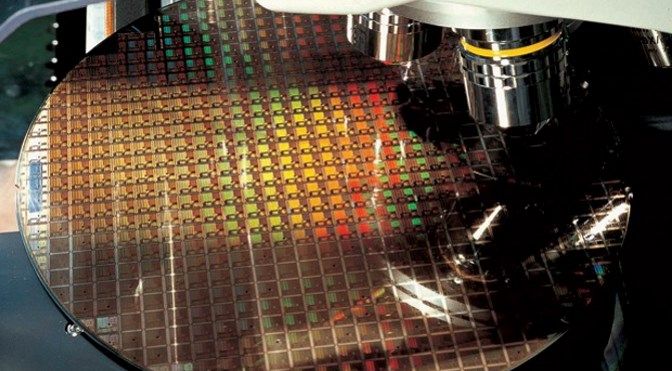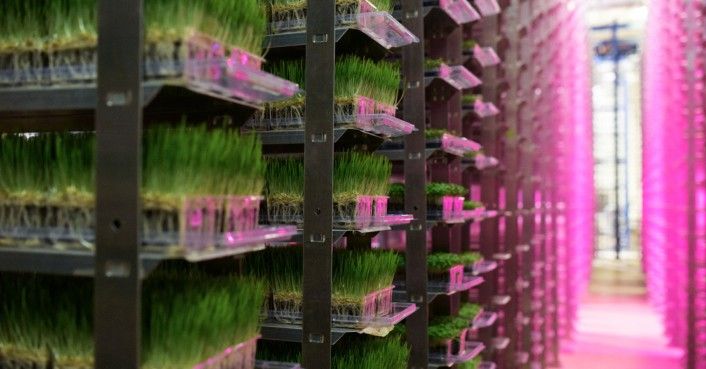Page 11551
May 22, 2016
Ransomware: the digital plague infecting the world
Posted by Magaly Santiago in categories: bitcoin, cybercrime/malcode, economics, encryption
“The individuals who do these types of attacks are well aware of the pressure points and pain points, economic-wise,” says Dr. John Hale, a cybersecurity expert at the University of Tulsa. “They know what they can extract, how much they can extract.
“They prey upon two things: an organization’s reliance on information systems and two, the common situation, where an organization is a little bit behind on backup procedures and policies to prevent these types of things. It really is easy pickings for the bad guys.”
Crypto ransomware is designed to encrypt data stored on the computer, making the data useless unless the user obtains the key to decrypt it. A message details the ransom, which is typically paid in digital currencies such as bitcoin. Locker ransomware locks the computer or device’s interface — save for the ability to interact with the hacker — and demands money to restore it.
Continue reading “Ransomware: the digital plague infecting the world” »
May 22, 2016
Technique to Teach Robots New Tricks Developed: Study
Posted by Magaly Santiago in categories: computing, robotics/AI
As robots become more pervasive in society, humans will want them to do chores like cleaning the house or cooking, researchers said.
However, to get a robot started on a task, people who are not computer programmers will have to give it instructions, they said.
“We want everyone to be able to programme, but that is probably not going to happen,” said Matthew Taylor from Washington State University (WSU).
Continue reading “Technique to Teach Robots New Tricks Developed: Study” »
May 22, 2016
Ancient Aliens S11E03 The Next Humans
Posted by Shailesh Prasad in category: transhumanism
May 22, 2016
Urban Produce: The Future of Farming is Growing UP!
Posted by Shailesh Prasad in categories: economics, food, sustainability

https://www.youtube.com/watch?v=u8QMOYnWBq0
Urban Produce High Density Vertical Growing System is a patented technology that was developed taking advanced hydroponic technology and automating it. Urban Produce has the capacity to grow 16 acres of produce on 1/8 of an acre with just one of it’s High Density Vertical Growing Systems. Our mission is to build our patented systems across the U.S. to provide both locally grown sustainable produce to Urban Cities while also stimulating the local economies. We are 21st century growing! www.urbanproduce.com
May 22, 2016
Earthrise — Japan’s Future Farms
Posted by Shailesh Prasad in categories: computing, food, sustainability

By 2050, the world will need to feed an additional 2.5 billion people living in cities. Yet as the demand for food rises, the amount of land available for agriculture in developed countries is expected to decline. In Japan, at the Fujitsu factory of Aizu-Wakamatsu which still manufactures semiconductor chips for computers, a different project is underway which may offer a solution to this problem. The company has converted an unused part of the factory into a farm to grow food — and more specifically, to grow lettuce. Fujitsu has focused on growing a low-potassium variety, which is sold to people with kidney problems who cannot process the mineral properly. Join Rachel Mealey in Japan’s Fukushima Prefecture to visit the sun-free and soil-free urban farms of the future.
May 22, 2016
Urban Produce vertical farm grows 16 acres of food in just 1/8 acre of space
Posted by Shailesh Prasad in categories: food, sustainability
Food deserts, lack of arable land, and the frozen months of winter are all obstacles we face in our mission to keep people fed. Urban Produce is excelling in this mission by licensing its patented indoor vertical farming technology, which can produce 16 acres of organic, leafy greens in just 1/8 acre of space.
May 21, 2016
Does a brain-dead person that has been resurrected have their old character?
Posted by Sean Brazell in categories: biotech/medical, neuroscience
Presumably, this also will make further research on patients in this state harder, since they are potentially savable and can be harmed by some interventions.
Whose brain is it anyway?
The tougher, ethical question is whether this actually would help the deceased person, or (assuming it works) even bring about a new person.
Continue reading “Does a brain-dead person that has been resurrected have their old character?” »
May 21, 2016
Physicists just found a link between dark energy and the arrow of time
Posted by Andreas Matt in categories: physics, space
For years, physicists have attempted to explain dark energy — a mysterious influence that pushes space apart faster than gravity can pull the things in it together. But physics isn’t always about figuring out what things are. A lot of it is figuring out what things cause.
And in a recent paper, a group of physicists asked this very question about dark energy, and found that in some cases, it might cause time to go forward.
When you throw a ball into the air, it starts with some initial speed-up, but then it slows as Earth’s gravity pulls it down. If you throw it fast enough (about 11 km per second, for those who want to try), it’ll never slow down enough to turn around and start falling back towards you, but it’ll still move more slowly as it moves away from you, because of Earth’s gravity.
Continue reading “Physicists just found a link between dark energy and the arrow of time” »
May 21, 2016
Lethal Autonomous Weapons
Posted by Roman Mednitzer in categories: biotech/medical, computing, drones, engineering, geopolitics, robotics/AI, treaties

Biography:
Stuart Russell received his B.A. with first-class honours in physics from Oxford University in 1982 and his Ph.D. in computer science from Stanford in 1986. He then joined the faculty of the University of California at Berkeley, where he is Professor (and formerly Chair) of Electrical Engineering and Computer Sciences and holder of the Smith-Zadeh Chair in Engineering. He is also an Adjunct Professor of Neurological Surgery at UC San Francisco and Vice-Chair of the World Economic Forum’s Council on AI and Robotics. He has published over 150 papers on a wide range of topics in artificial intelligence including machine learning, probabilistic reasoning, knowledge representation, planning, real-time decision making, multitarget tracking, computer vision, computational physiology, and global seismic monitoring. His books include “The Use of Knowledge in Analogy and Induction”, “Do the Right Thing: Studies in Limited Rationality” (with Eric Wefald), and “Artificial Intelligence: A Modern Approach” (with Peter Norvig).
Abstract:
Autonomous weapons systems select and engage targets without human intervention; they become lethal when those targets include humans. LAWS might include, for example, armed quadcopters that can search for and eliminate enemy combatants in a city, but do not include cruise missiles or remotely piloted drones for which humans make all targeting decisions. The artificial intelligence (AI) and robotics communities face an important ethical decision: whether to support or oppose the development of lethal autonomous weapons systems (LAWS).














